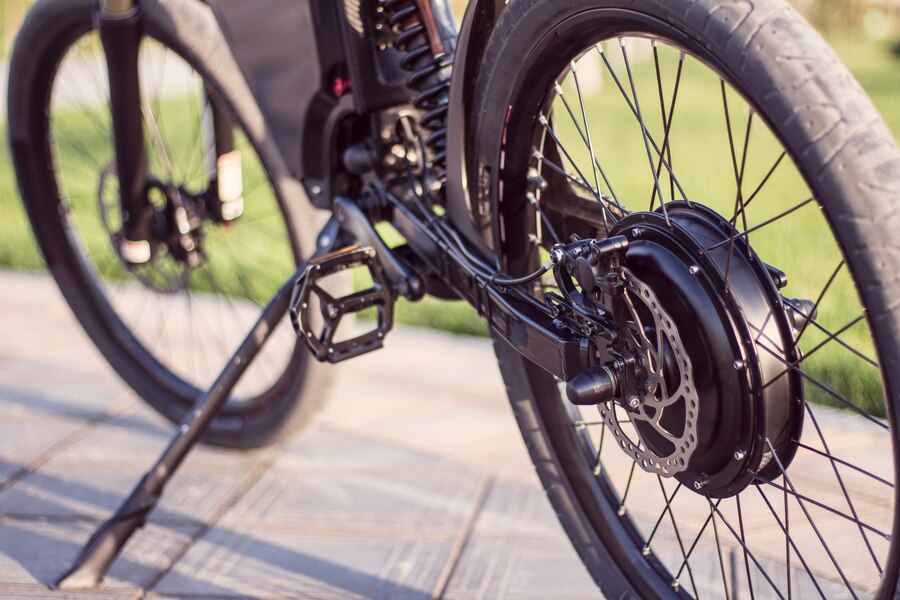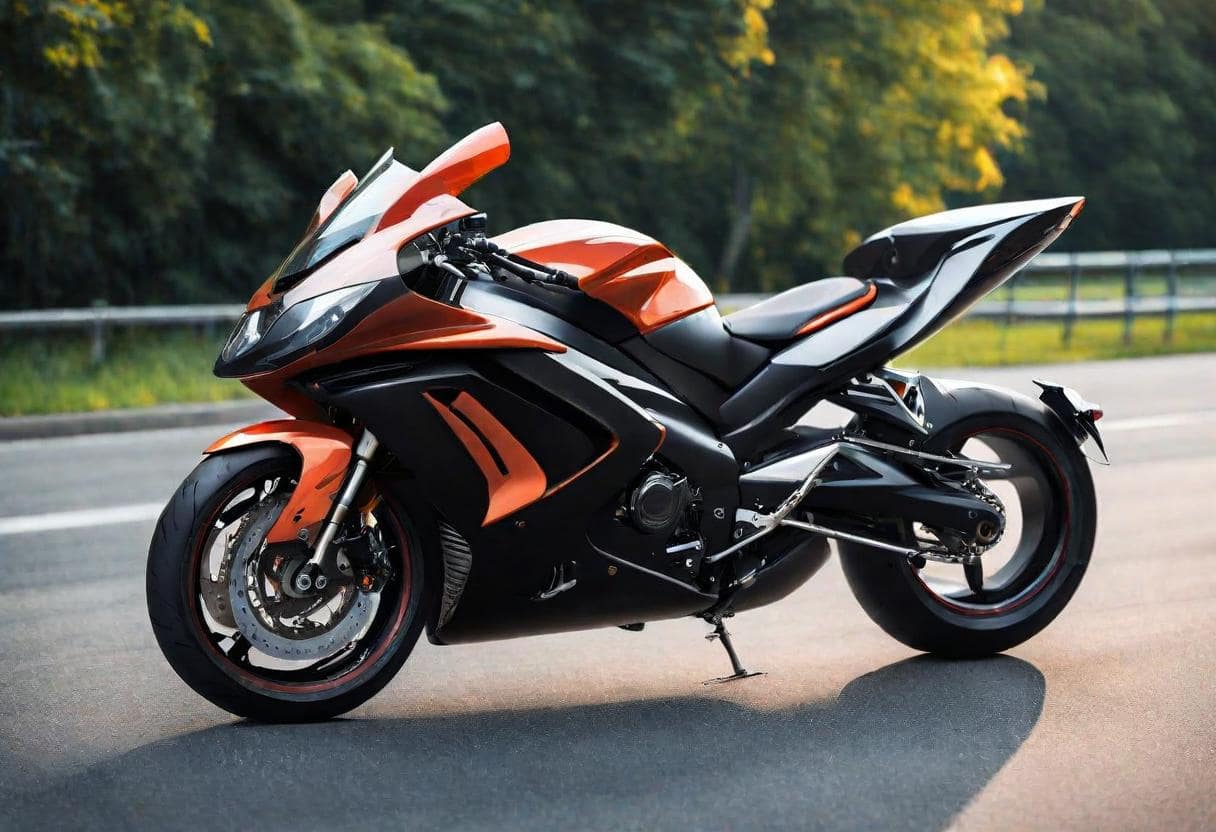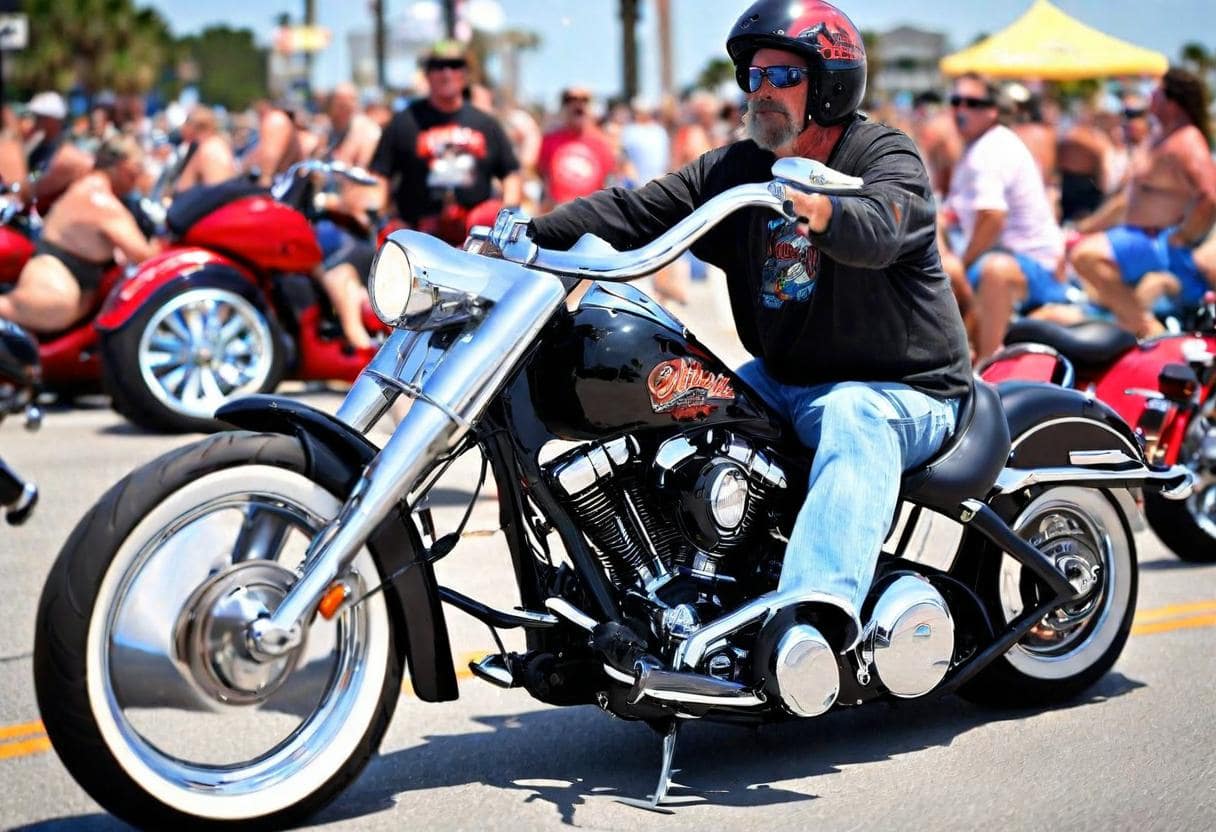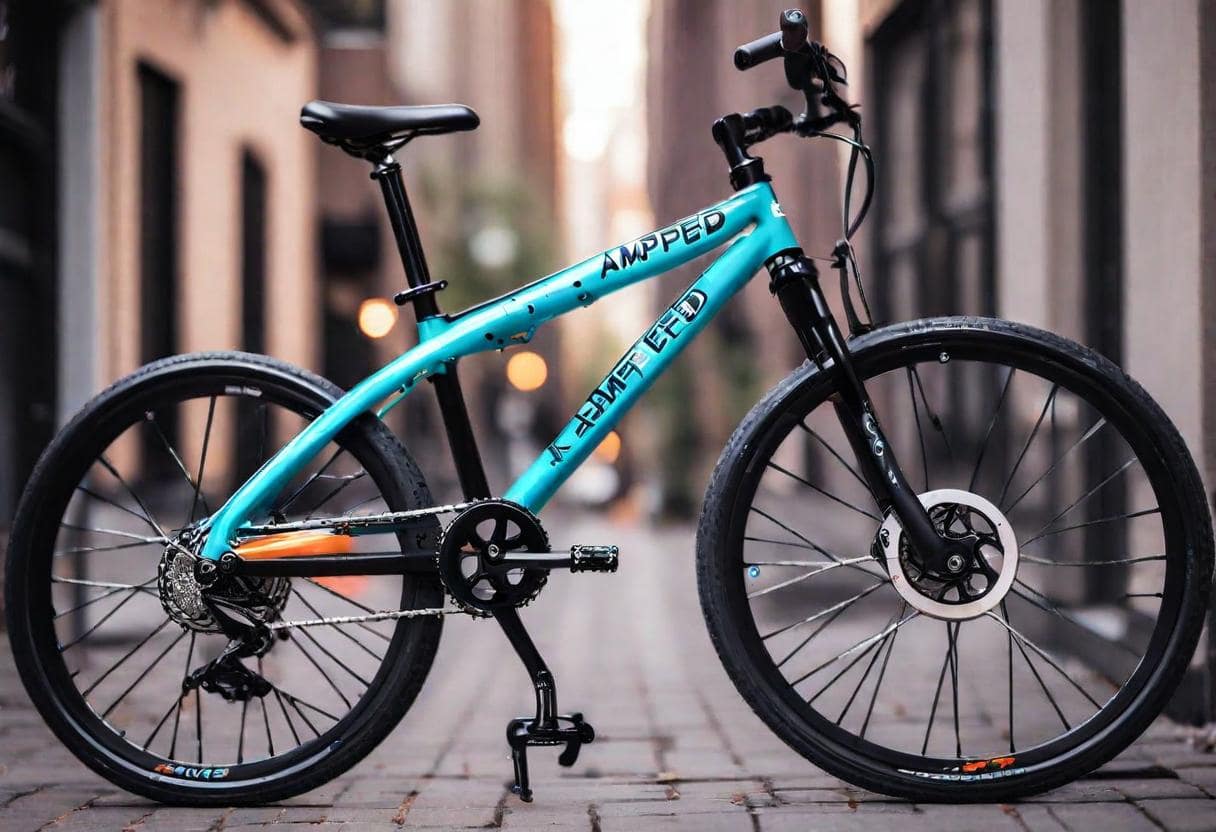Introduction to BMX Bikes
BMX, or Bicycle Motocross, is a popular form of cycling that originated in the late 1960s in Southern California. It gained significant traction due to its adrenaline-pumping races and breathtaking stunts performed on specialized bikes known as BMX bikes.
Evolution of BMX Bikes
Initially designed for racing on dirt tracks, BMX bikes have evolved over the years to accommodate various disciplines, including freestyle riding, street riding, and dirt jumping. This evolution has led to significant advancements in bike technology and design.
From Racing to Freestyle
What began as a sport primarily focused on racing has expanded to include a wide range of freestyle maneuvers and tricks. This shift in focus has influenced the design of BMX bikes, with manufacturers developing frames and components tailored to the demands of freestyle riding.
Components of a BMX Bike
A typical BMX bike consists of several key components, each playing a crucial role in its performance and functionality. These components include the frame, wheels, handlebars, pedals, and brakes.
The function of brakes on a BMX Bikes
Brakes are essential safety features on any bicycle, including BMX bikes. They provide riders with the ability to control their speed, maneuver effectively, and perform tricks safely.
Different Types of BMX Brakes
BMX bikes are equipped with various types of brakes, each offering distinct advantages and disadvantages. Common types of BMX brakes include U-brakes, V-brakes, and disc brakes, with each type catering to different riding styles and preferences.
Do BMX Bikes have Brakes?
While some BMX bikes come equipped with brakes as standard, others, particularly those designed for certain disciplines like street and park riding, may be sold without brakes. The decision to include brakes often depends on the intended use of the bike and the rider’s preferences.
Brakeless BMX Riding: Pros and Cons
Brakeless BMX riding has gained popularity among enthusiasts seeking a more minimalist and fluid riding experience. However, riding without brakes presents its own set of challenges and safety concerns, requiring riders to rely solely on their skill and bike control.
Safety Concerns and Regulations
The safety of riders and other road users is paramount when it comes to BMX riding. As such, there are regulations and guidelines in place governing the use of brakes on BMX bikes, particularly in organized competitions and public spaces.
How to Choose the Right Brakes for Your BMX Bike
Selecting the right brakes for your BMX bike involves considering factors such as riding style, terrain, and personal preferences. Whether you opt for U-brakes, V-brakes, or disc brakes, it’s essential to choose brakes that suit your needs and riding style.
Maintaining BMX Bike Brakes
Regular maintenance is crucial for ensuring the optimal performance and safety of your BMX bike brakes. This includes inspecting brake pads, cables, and levers, as well as adjusting and replacing components as needed.
Frequently Asked Questions about BMX Brakes
Do all BMX bikes have brakes?
While many BMX bikes come equipped with brakes, some models, particularly those designed for freestyle riding, may be sold without brakes.
Are brakes necessary for BMX riding?
Brakes are essential for controlling speed, maneuvering, and performing tricks safely, making them a crucial component of BMX bikes.
What are the advantages of riding a brakeless BMX?
Brakeless BMX riding offers a more minimalist and fluid riding experience, allowing riders to focus solely on their skill and bike control.
Can I add brakes to a brakeless BMX bike?
Yes, it’s possible to add brakes to a brakeless BMX bike by purchasing and installing compatible brake components.
How often should I inspect and maintain my BMX bike brakes?
It’s recommended to inspect and maintain your BMX bike brakes regularly, checking for wear and tear and addressing any issues promptly to ensure optimal performance and safety.
Conclusion
In conclusion, brakes play a crucial role in the safety and performance of BMX bikes, providing riders with the ability to control their speed, maneuver effectively, and perform tricks safely. Whether you prefer traditional U-brakes, V-brakes, or modern disc brakes, choosing the right brakes for your BMX bike is essential for an enjoyable and safe riding experience.
FAQs
How do you brake on a BMX?
On a BMX bike, braking is typically achieved using hand brakes, similar to those found on other types of bicycles. These hand brakes are usually located on the handlebars and operate by applying pressure to the brake lever. When the lever is squeezed, it pulls on a cable connected to the brake caliper, causing the brake pads to press against the rim of the wheel, thus slowing down or stopping the bike.
Is it illegal to ride a BMX without brakes UK?
In the UK, it is illegal to ride a BMX bike on public roads without brakes. According to the Road Vehicles (Construction and Use) Regulations 1986, all bicycles used on public roads must be equipped with at least one efficient braking system. Riding a BMX bike without brakes not only poses a significant safety risk to the rider and other road users but also violates legal requirements.
Why do BMX bikes have U brakes?
BMX bikes often use U brakes due to their compact design and efficient braking performance. U brakes, also known as caliper brakes, are mounted on the frame or fork of the bike, providing excellent clearance for tricks and maneuvers. Additionally, U brakes offer sufficient stopping power and modulation, making them ideal for BMX riding, where precise control is essential during jumps, stunts, and rapid maneuvers.
How do BMX riders stop without brakes?
BMX riders can stop without brakes by utilizing various techniques and maneuvers that rely on friction and body control. One common method is foot braking, where the rider extends one foot to make contact with the ground, using the sole of their shoe to slow down or stop the bike. Additionally, riders can perform skid stops by locking up the rear wheel and sliding it sideways to reduce speed. These techniques require practice and skill but can be effective alternatives for riders without brakes.







